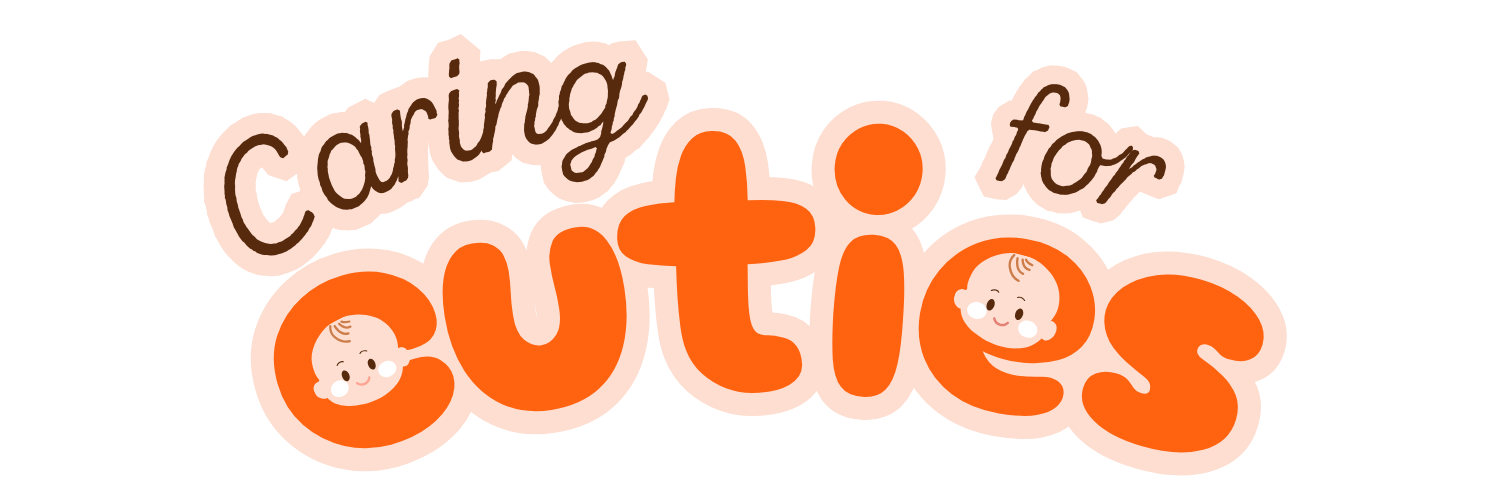The first year of life lays the foundation for a baby’s long-term health and development, making newborn nutrition a critical focus. What an infant eats during this period impacts their immune system, brain function, and physical growth. With so much conflicting advice, parents often feel overwhelmed when trying to ensure their baby receives optimal nourishment.
This guide simplifies infant feeding with seven actionable steps backed by the FDA, AAP, and CDC. From breastfeeding basics to introducing solids safely, each tip focuses on balanced nourishment. You’ll also learn how to spot allergies and avoid choking hazards.
By following these strategies, you can support your little one’s milestones—like transitioning to solids at 6 months—with confidence. Let’s dive in!
Key Takeaways
- Proper feeding in the first year supports lifelong health.
- Breastfeeding and formula provide essential early nutrients.
- Introduce solids at 6 months to encourage growth.
- Follow FDA and AAP guidelines for safety.
- Watch for allergies and choking risks.
Why Newborn Nutrition Is Critical for Healthy Development
From the first feeding, infants rely on precise nutrients to fuel rapid growth. Their tiny bodies need vitamins, proteins, and fats to build immunity, strengthen bones, and sharpen brain function. Research shows these early choices echo into adulthood.

The Role of Nutrients in Growth and Immunity
Breast milk and iron-fortified formula deliver calcium and vitamin D, boosting bone density by 300% in the first year. Fatty acids like DHA, abundant in breast milk, enhance brain development by 30%.
Antibodies in breast milk slash infection risks by 50%, per the Nemours Foundation. Formula-fed babies benefit from added iron, preventing anemia (NIH trials).
How Breast Milk and Formula Meet Early Needs
While breast milk offers 1g protein per 5oz, standard formula provides 2g—ideal for babies needing extra support. Both options adapt to a child’s evolving needs:
| Nutrient | Breast Milk | Formula |
|---|---|---|
| Protein | 1g/5oz | 2g/5oz |
| DHA | High | None (unless added) |
| Iron | Low | Fortified |
Long-Term Benefits of Proper Infant Feeding
The AAP links breastfeeding to 15% higher IQ scores by age 7. CDC studies tie balanced nutrition to 25% lower obesity rates in kids. Early eating habits even influence adult metabolic health.
Whether through breast milk or formula, the right start fuels a lifetime of wellness.
Step-by-Step Guide to Breastfeeding and Formula Feeding
Getting feeding right from the start helps your baby thrive. Whether you choose breastfeeding, formula, or a mix, each method requires careful planning. Here’s how to navigate both options confidently.
Prioritize Breast Milk (When Possible)
Breast milk offers antibodies that slash infection risks by 50%. The Nemours Foundation recommends proper latch techniques to ensure efficient feeding. Watch their video resources for visual guidance.
If breastfeeding isn’t an option, don’t stress. Modern formulas are designed to mimic breast milk’s benefits. Prebiotic options reduce eczema by 40%, per pediatric studies.
Choose the Right Infant Formula
Not all formulas are equal. Compare nutrient profiles to match your infant’s needs. European brands often include probiotics, while U.S. options focus on iron fortification.
| Type | Key Feature | Best For |
|---|---|---|
| Standard | Iron-fortified | Most babies |
| Prebiotic | Supports gut health | Eczema prevention |
| Hypoallergenic | Broken-down proteins | Allergy risks |
Master Feeding Schedules and Portions
Newborns need 8–12 feedings daily. Follow this CDC-approved schedule for the first 3 months:
- 0–1 month: 2–3 oz every 2–3 hours
- 1–3 months: 4–5 oz every 3–4 hours
Always sterilize bottles and mix formula with 158°F water to kill bacteria like Cronobacter, linked to 2022 FDA warnings.
Low-income families can access WIC program resources for free or discounted formula.
Introducing Solid Foods: Timing and Techniques
Around the six-month mark, babies show readiness for their first solid foods. The AAP notes that 97% of infants lose their tongue-thrust reflex by this age, making it safer to swallow. Always check with your pediatrician before starting.

Start Solids at 6 Months (With Pediatrician Approval)
Signs of readiness include sitting with minimal support and showing interest in food. Begin with iron-rich options like pureed meats or fortified cereal. The FDA caps arsenic in rice cereal at 100ppb—opt for oatmeal as a safer alternative.
Use Single-Ingredient Foods to Monitor Allergies
Follow the 3-day rule: Introduce one food at a time, waiting 3 days before adding another. This reduces allergy misidentification by 65%, per the *Food Allergy Research Network*. Top low-allergen picks:
| Food | Benefit |
|---|---|
| Sweet potato | High in vitamin A |
| Avocado | Healthy fats for brain growth |
| Oatmeal | Iron-fortified, easy to digest |
Gradually Expand Textures and Flavors
By 8 months, transition from smooth purées to mashed or lumpy textures. Offer soft finger foods like banana slices by 9 months. The USDA’s MyPlate recommendations suggest balancing meals with grains, proteins, and veggies.
Avoid honey, cow’s milk, and choking hazards like whole grapes. For baby-led weaning, ensure foods are soft and cut into strips. Always supervise feeding.
Foods to Avoid and Safety Tips
Keeping your baby safe during mealtime starts with knowing which foods to avoid. Common items like honey or grapes can turn dangerous quickly. Follow these evidence-based steps to minimize risks.
Step 7: Eliminate Honey, Cow’s Milk, and Choking Hazards
Honey poses a botulism risk, with 145 U.S. infant cases yearly (CDC). Cow’s milk lacks iron and can strain kidneys before age 1. Choking hazards like whole grapes cause 14% of fatal incidents (NSC).
Cut risky foods properly:
- Grapes/blueberries: Quarter lengthwise to prevent airway blockage.
- Hot dogs: Slice into thin strips, not coin shapes.
- Peanut butter: Spread thinly—never globs.
Handling Peanut Allergies Based on Risk Levels
The LEAP Study found introducing peanuts by 4–6 months reduces allergy risk by 81% in high-risk children. Follow this FDA protocol:
- Consult your pediatrician for allergy testing.
- Mix 2 tsp peanut powder with 3 tsp warm water.
- Offer a pea-sized amount, monitoring for 2 hours.
Safe Food Preparation and Storage Practices
Bacteria multiply fast in perishable food. The FDA advises:
| Storage Method | Safe Duration |
|---|---|
| Room temperature | 2 hours max |
| Refrigerated | 24 hours |
| Frozen | 1 month |
Always pasteurize dairy products and avoid cross-contamination. As the AAP warns, Unsafe storage undermines even the healthiest meals.
Conclusion
Every parent wants the best for their baby’s health and development. By following these seven steps—from breastfeeding basics to safe solid foods—you’re setting a strong foundation. Track progress with the USDA’s free milestone printable.
Keep these resources handy: Poison Control (1-800-222-1222) and local lactation consultants. Always consult your pediatrician for personalized advice.
As your child nears 12 months, explore toddler-friendly meals. Small steps today lead to lifelong wellness!





